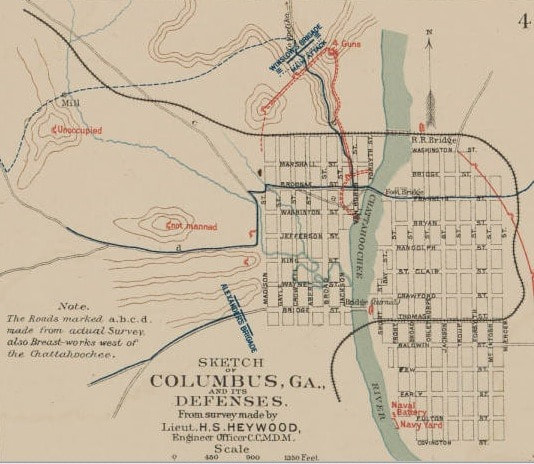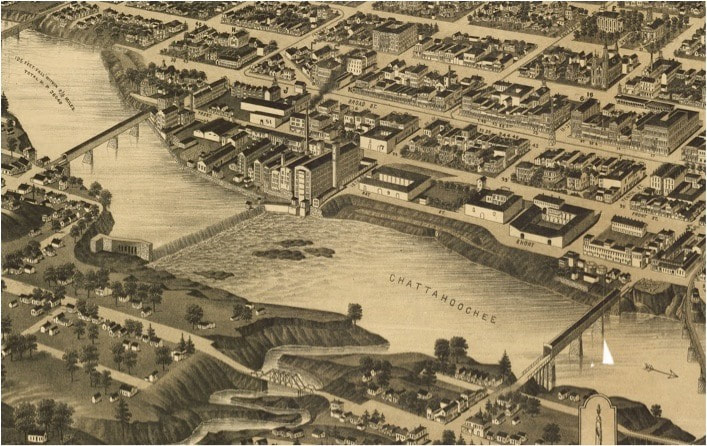|
On April 16th 1865, Easter Sunday, the last large scale engagement of the American Civil War was fought in Columbus, GA. Columbus is known to most current service members as the town immediately outside the gates of Fort Benning. US Army Fort Benning itself is the home of the Infantry branch, and more recently has become home to the Armor Branch, morphing into the Army's Maneuver Center of Excellence (MCoE). Click below to read more! Much like the Armor branch invaded Fort Benning in 2010 with fire, maneuver, and shock effect, Federal cavalrymen invaded the town of Columbus in 1865. While this was after both the official end of the war, and even the assassination of President Lincoln, news had not yet reached the combatants who though the game was still afoot. General Wilson had been tasked with leading his cavalry troops through the South in order to destroy manufacturing capacity and bring the teetering confederacy to its knees.
A Generally Good Carbine
The two Union cavalry units in the thick of the fighting were the 3rd and 4th Iowa. The 3rd Iowa was armed with the Burnside Carbine, a well-worn variant of which is pictured here. The Burnside (named after its inventor Ambrose Burnside of both facial hair and Union generalship fame) was a pre-civil war take on a metallic cartridge, breech loading weapon suitable for cavalry use. Fortunately ol' Ambrose was a better weapon designer than he was a general, and the carbine is remarkably serviceable for an ALMOST self contained cartridge system. The weapon uses brass cones filled with blackpowder and topped with a .54 caliber conical projectile. This is inserted bullet up in the rotating breech, and then levered into position. Once the hammer is cocked a percussion cap can then be placed on the nipple, and the weapon fired. The brass shell must then be manually extracted by the firer (often by using another spent casing) before another round can be loaded. The carbine is remarkably handy and light, and it is easy to see why it was one of the more widely used designs in the war. As pictured it has a flip up sight calibrated to an extremely optimistic 500 yards, although that presumably was intended for volley-type fire. A Handy Blade For Close-In Work Despite the Burnside being quite fast to fire (comparatively for the era of course), any good cavalryman needs a handy saber at his side for the inevitable close-in work. I couldn't find exactly what the men of the 3rd Iowa carried, but it was likely the Model 1860 Light Cavalry Saber. The saber, weighing in at 2.25lbs with a length of 41 inches, served primarily as a slashing weapon and provided the mounted trooper with the reach necessary to strike either targets mounted on the ground, or those on horseback. This particular sword was made in Solingen, Germany and imported into the states by Henry Boker. Today Solingen is still a renowned blade making center, while the Boker company makes quality edged weapons / tools -- although it seems they have mostly moved towards the pocketknife market!
0 Comments
Leave a Reply. |
Jon K.Weapons collector, history buff, Army officer, Pug enthusiast. Archives
December 2020
Categories
All
|


 RSS Feed
RSS Feed
